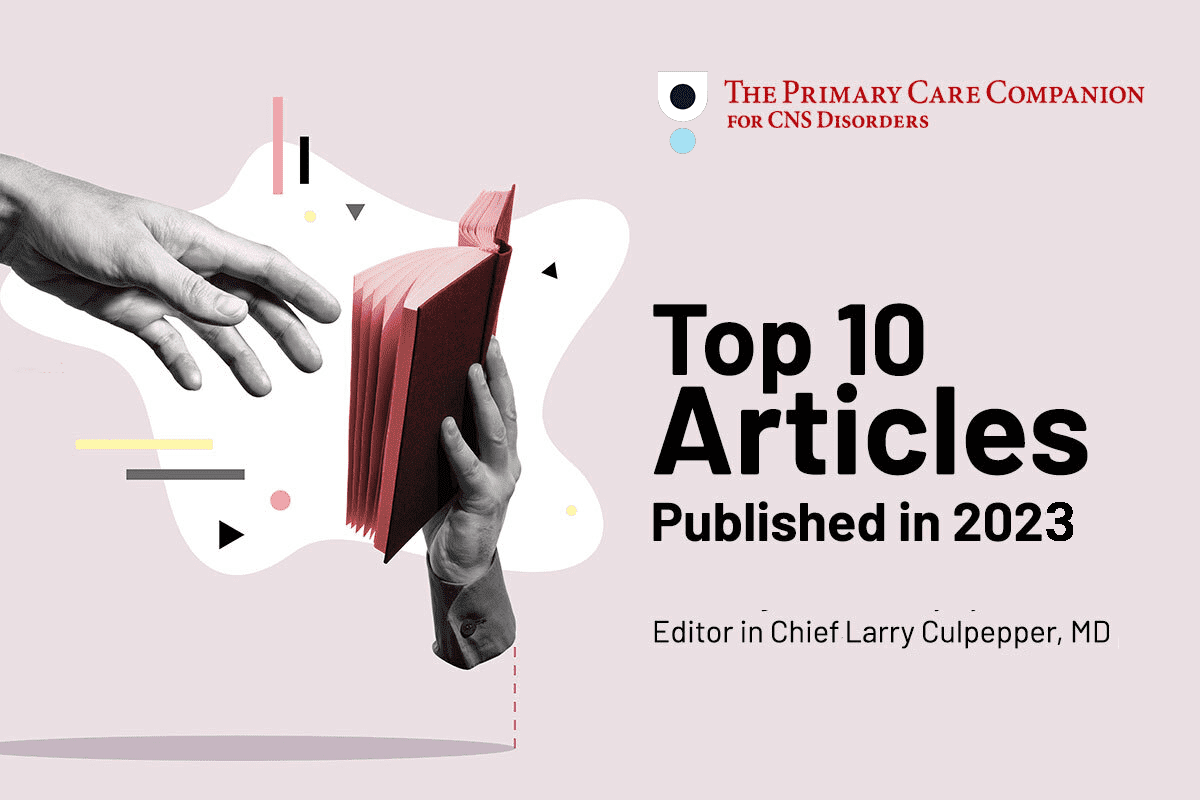Healthcare facilities around the world are losing their most vital resource: its staff.
In Taiwan, to take one example, the crisis has crept up to an inflection point. Low pay, punishing hours, and incessant patient demand are driving skilled nurses and doctors to quit public hospitals en masse. They’re fleeing to private clinics, freelance work, and some are even chasing jobs overseas.
Now, researchers from the University of Trento, Harvard, and Taiwan’s National Yang Ming Chiao Tung University make the case that data analytics can help chart a new course forward.
Their research, which appears in Healthcare Analytics, introduces a multicriteria decision model, a mathematical framework that measures how satisfied healthcare workers are and pinpoints which factors exert the most influence on whether they pack up and leave. At its core is a “satisfaction index,” a data-driven tool designed to help hospital administrators and policymakers draft more effective retention strategies tailored to different employee groups.
A Strained Healthcare System
Taiwan’s healthcare system remains one of the most efficient in the world. But it runs (almost constantly) on overdrive. Patients visit doctors an average of 12 times per year. That’s three times the U.S. rate. And the country’s rapidly aging population continues to drive up demand.
At the same time, the nation’s healthcare workforce keeps dwindling. And while average nurse turnover rates remain one of the lowest in the world at 9.8%, it’s still putting pressure on an already stressed system.
Taiwan’s government tried to hold back the exodus with a 2023 incentive plan that raised salaries and set new nurse-to-patient ratios. But there was a catch. Higher pay at select institutions could lure nurses away from less-resourced hospitals, making things even worse.
“Quick fixes won’t work if they don’t account for what different groups of workers actually value,” the authors warn.
A Better Retention Model?
- Identify key criteria. The team drew from earlier research – while incorporating local context – to isolate 13 factors that sway job satisfaction. The researchers slotted them into into three “dimensions:”
-
- Working Environment (salary, workload, safety, relationships).
- Organization (respect, recognition, leadership, support).
- Future Development (training, promotion, career growth).
- Gather data. The team spoke with 99 healthcare workers from three northern Taiwan hospitals and walked them through a questionnaire rating each factor on a 1–10 scale. They divided respondents into four age-based groups before further breaking them into five additional subgroups based on average satisfaction level.
- Weigh the results. Four medical experts ranked the importance of each criterion using the Analytic Hierarchy Process (AHP). An “adjust and normalize” algorithm then refined the weights across categories.
- Calculate the index. Combining workers’ scores with the weighted criteria produced a Total Satisfaction Index (TSI) for each group – a numerical representation of workplace well-being.
Who’s Happiest? Who’s Miserable?
The numbers told a nuanced story.
- Workers between the ages of 36 and 40 scored the highest on the satisfaction index.
- While those between 31 and 35 appeared to be the least satisfied.
Mid-career employees torn between family obligations and slowed (if not stagnant) career advancement – emerged as the unhappiest group. The research revealed that they value training and career mobility, but they aren’t getting enough of either.
On the other hand, employees in their late 30s seemed to be the more settled, suggesting that career stability and accumulated experience act as a buffer against burnout. This group might need less intervention, allowing managers to target resources where dissatisfaction runs the deepest.
From Data Points to Policy Initiatives
The study’s biggest innovation isn’t the numbers themselves. It’s the method. The authors claim that they can tweak the model to assess any workplace by adjusting the categories and criteria. That flexibility makes it function as both a diagnostic tool and a policy simulator. Managers can adjust the conditions, re-run the model, and see which interventions might yield the greatest satisfaction boost.
For hospitals, that means quantifying what’s long been subjective: Why are people leaving? The researchers see the index as part of a quality management approach that allows institutions to measure not only patient satisfaction but employee well-being on a recurring basis.
They even propose using process capability indices, a statistical technique borrowed from the manufacturing sector, to monitor improvements over an extended timeframe. In short, it’s a way of applying a continuous quality control strategy to workforce morale.
Universal Lessons
Though inspired by Taiwan’s crisis, the model’s implications are universal. Health systems from the U.K.’s NHS to U.S. hospitals face similar challenges: escalating workloads, stagnant pay scales, and evaporating staff morale. Legacy retention tactics – such as one-off bonuses, recruitment drives, and international hiring – treat the symptoms, but not the cause.
By translating job satisfaction into data, the authors argue, healthcare leaders can identify which levers matter most to which workers. And that could mean any number of things, from more flexible schedules for younger nurse practitioners to stronger recognition for mid-career staff or maybe mentorship opportunities for those inching toward retirement.
The team’s take proposal also reframes quality management itself. No longer limited to patient outcomes, but extended to the professionals who influence those outcomes.
Retention isn’t about just keeping staff. At its core, It’s about sustaining care. When nurses and doctors leave, patients are the ones who pay the price. This new satisfaction index offers hospitals and other health care institutions a structured, evidence-based way to understand and address the motives behind those departures.
As Taiwan’s aging population and healthcare demands grow, the study’s authors hope their model will help transform policymaking from reactive crisis management to proactive workforce design.
Further Reading
Investing in Nurses Saves Lives. And Money.



